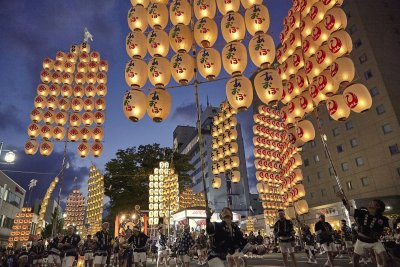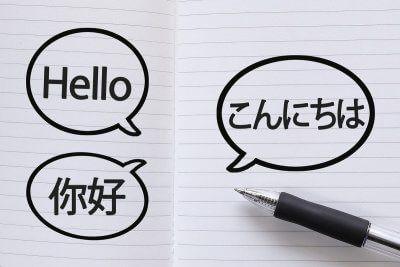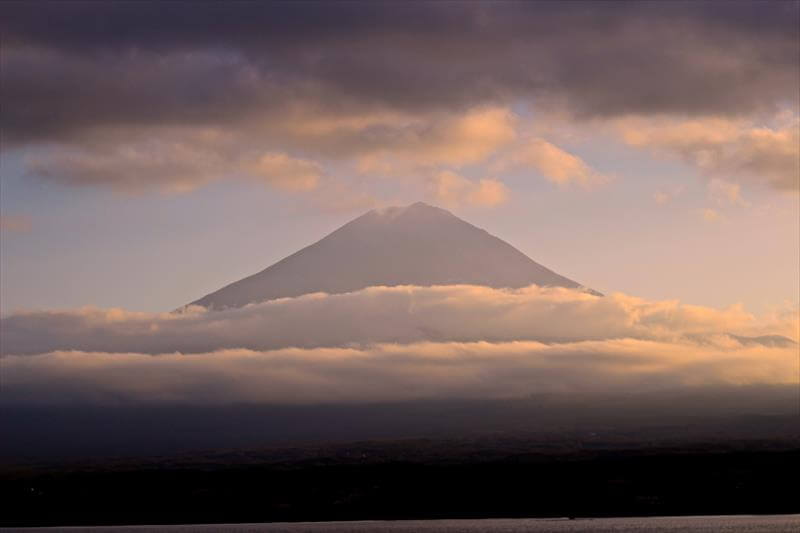Have you ever seen yourself get too excited over a game or sports team? There’s always some form of heckling or booing that goes on at live sports matches when players don’t perform. That’s especially true with sports like soccer, when empty cans and trash hail down onto the field. However, fans the traditional Japanese sport of sumo wrestling push their way to the top. In fact, the usually reserved, law-abiding spectators sometimes get up and flinging their seats — or rather, cushions — at the under-performing rikishi (sumo wrestlers). Often the cushions do not even reach the dohyo (wrestling ring), but hit some other angry spectator on the head! Of course, that builds up more tension in the arena.
The History of the Japanese Sumo Culture of Cushion Throwing
How did such public outbursts of anger become acceptable in the context of Japanese sumo culture? This tradition of cascading cushions goes back to the Meiji era. In those days, personal items would fly into the air towards the dohyo. The purpose was to congratulate and reward the winner. However, this was banned when the Ryogoku Kokugikan opened in 1909. After that, spectators stopped throwing their personal items, but the next available thing in reach — their seat cushions. So, cushion throwing can either be congratulatory or derogatory, depending on the context. One could only hope that the rain of seats is congratulatory!
 0
0






















